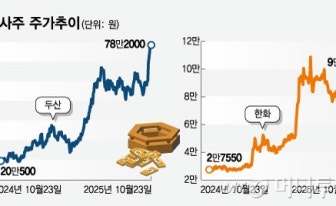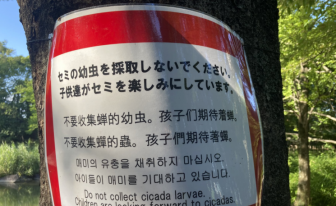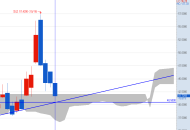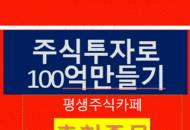Health authorities issued a flu advisory on Friday as the number of influenza cases continues to rise, urging people — especially children and seniors — to get vaccinated as early as possible.
The rate of suspected influenza cases — defined as patients exhibiting symptoms such as fever, cough and sore throat — reached 12.1 per 1,000 outpatients during the 40th week of the year, or between Sept. 28 and Oct. 4, according to the Korea Disease Control and Prevention Agency (KDCA). This exceeds the KDCA’s designated threshold for an epidemic, which is 9.1.
The suspected case rate has continued to climb for four consecutive weeks, rising from eight during the 38th week, from Sept. 14 to 20, to nine the following week, then jumping to 12.1 and 14.5 during the 40th and 41st weeks, respectively.
This year’s flu advisory was issued nearly two months earlier than last year, which was announced on Dec. 20. Apart from 2022 and 2023 — when flu seasons began unusually early — advisories are typically issued after mid-November. This year, the season started relatively early once again.
“It’s difficult to pinpoint exactly why the flu is spreading early this year, as influenza patterns vary annually,” said Kim Tark, a professor of infectious diseases at Soonchunhyang University. “High-risk groups should get vaccinated quickly and take precautions like wearing masks.”
Cases are increasing across all age groups, but the virus is spreading especially fast among children and adolescents. The highest suspected case rate was found in children aged seven to 12, with 24.3 per 1,000 outpatients.
That was followed by children aged one to six with 19, people aged 19 to 49 with 18.1, adolescents aged 13 to 18 with 18, and infants under one with 15.8.
Detection rates for the flu virus are also rising. Respiratory samples from outpatients at clinics tested positive for influenza in 2.1 percent of cases in the 38th week. That rate climbed to 3 percent in the 39th week, 7.1 percent in the 40th week and 8.1 percent in the 41st week.
The predominant strain currently circulating is influenza A (H3N2), which the KDCA said closely matches the strain used in the current seasonal flu vaccine based on World Health Organization recommendations.
The KDCA began offering free flu vaccinations on Sept. 22 for high-risk groups, including children aged six months to 13 years, pregnant women and people aged 65 and older. Eligible recipients can receive vaccines at local clinics or public health centers, regardless of their place of residence.
To find participating medical institutions, people can contact their local public health office or visit the Korea Immunization Information System website.
Following the advisory, high-risk patients — including children, pregnant women and seniors — will also be covered under national health insurance when prescribed antiviral medications for suspected flu symptoms.
“Flu season is starting earlier than usual this year, so heightened vigilance is necessary,” said KDCA Commissioner Lim Seung-kwan. “Vaccination is one of the most effective ways to prevent the flu, and high-risk individuals should be vaccinated before the virus becomes widespread. Anyone experiencing a high fever or other symptoms should seek medical care promptly.”
Lim also emphasized the importance of reinforcing flu prevention measures in schools and day care centers, noting the sharp rise in cases among children and teens.
Preventative measures include washing one's hands, covering one's mouth and nose with a sleeve when coughing or sneezing, and wearing a mask in crowded places.
This article was originally written in Korean and translated by a bilingual reporter with the help of generative AI tools. It was then edited by a native English-speaking editor. All AI-assisted translations are reviewed and refined by our newsroom.





























































